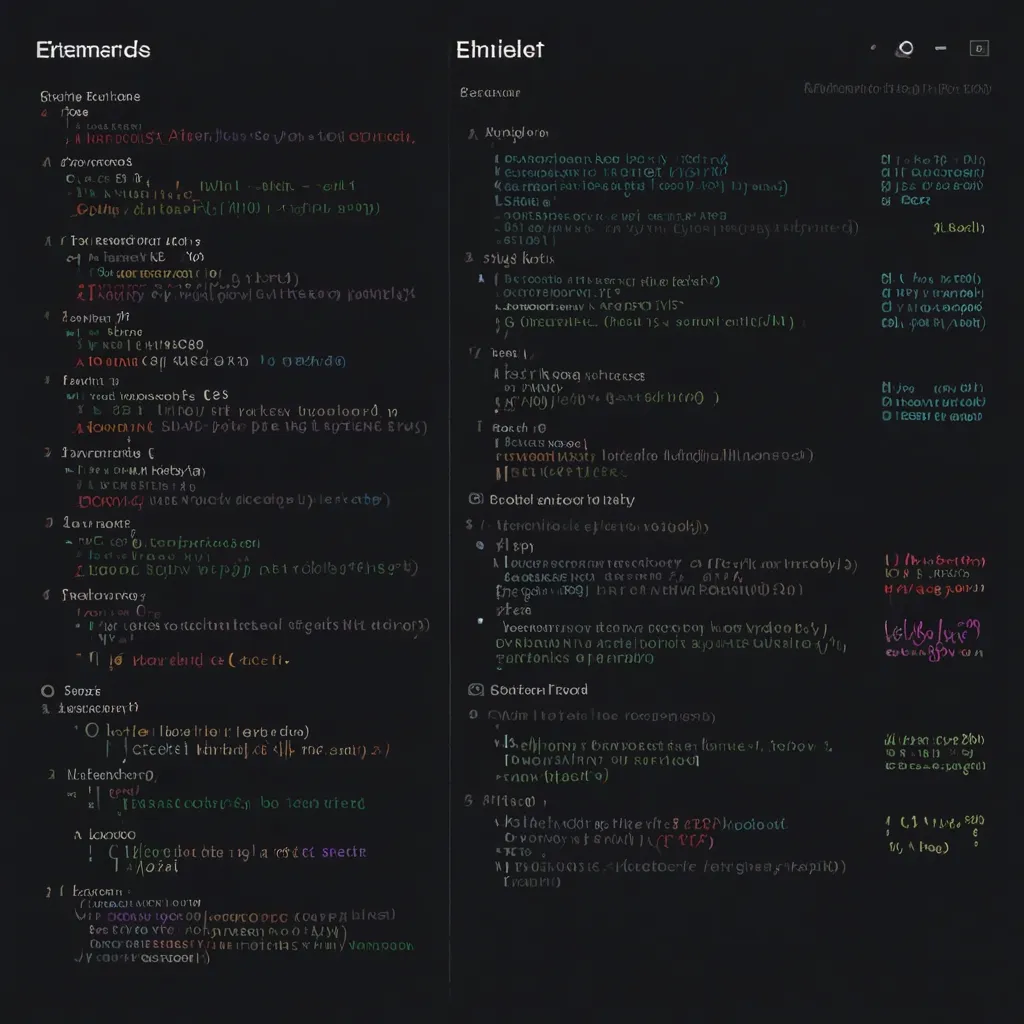Unleash MongoDB's Power: Build Scalable Node.js Apps with Advanced Database Techniques
Node.js and MongoDB: perfect for scalable web apps. Use Mongoose ODM for robust data handling. Create schemas, implement CRUD operations, use middleware, population, and advanced querying for efficient, high-performance applications.

Building Secure and Scalable GraphQL APIs with Node.js and Apollo
GraphQL with Node.js and Apollo offers flexible data querying. It's efficient, secure, and scalable. Key features include query complexity analysis, authentication, and caching. Proper implementation enhances API performance and user experience.

Mocking File System Interactions in Node.js Using Jest
Mocking file system in Node.js with Jest allows simulating file operations without touching the real system. It speeds up tests, improves reliability, and enables testing various scenarios, including error handling.

Are You Ready to Master Data Handling with Body-Parser in Node.js?
Decoding Incoming Data with `body-parser` in Express

Building a Reusable Component Library in Angular: Your Guide to Ultimate Flexibility!
Angular's reusable component library streamlines development, ensures consistency, and enhances user experience. It uses custom elements, content projection, and CSS variables for flexibility. Documentation and testing are crucial for library success.

Is Async/Await the Secret Sauce for Cleaner JavaScript?
Smooth Sailing Through JavaScript Asynchronous Operations with Async/Await

Rev Up Your React Native App: Speed Secrets for a Smoother User Experience
Transforming Your React Native App: From Slowpoke to Speedster with Code Splitting and Lazy Loading Magic

What Makes JavaScript the Heartbeat of Real-Time Applications?
Breathing Life into Applications with Real-Time JavaScript Magic

The Jest Debugging Masterclass: Fix Failing Tests in Record Time!
Jest debugging: Use --runInBand, Chrome DevTools, debugger statements. Isolate issues with test.only(). Leverage snapshots, mocks, and timer mocks. Check environment variables. Write clear descriptions. Optimize performance with beforeAll/afterAll.

Is Your Node.js Server Guarded by the Ultimate Traffic Cop?
Guarding Your Node.js Castle with Express API Rate Limiting

Mastering Jest with TypeScript: Advanced Typing Techniques You Need to Know
Jest and TypeScript enhance JavaScript testing. Advanced typing techniques improve robustness and type safety. Key areas include type assertions, mocking, asynchronous code, mapped types, React components, generics, custom matchers, and error testing.

Ready to Manage State in JavaScript Like a Pro with MobX?
Keeping State Cool and Under Control with MobX

